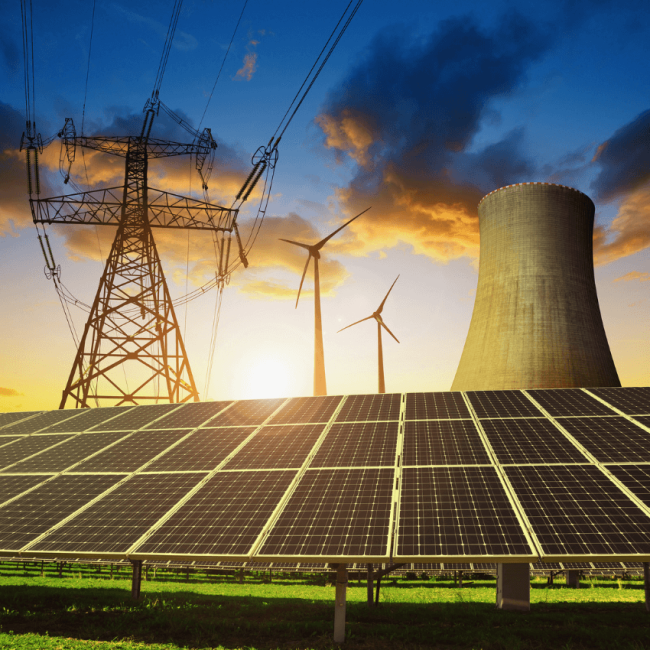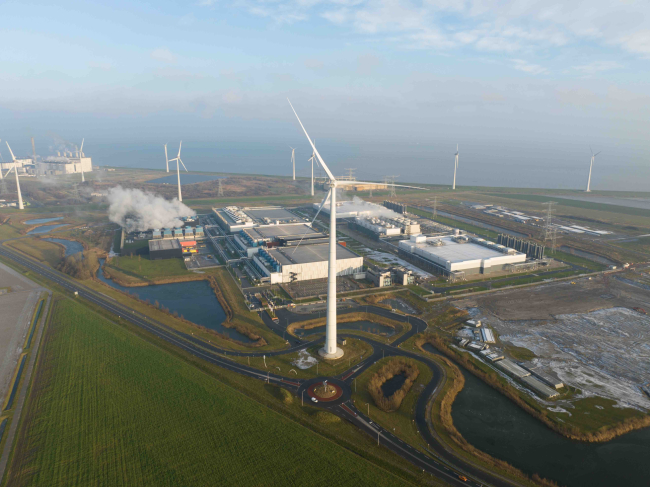Punish Iran not Each Other

The recent spiral of provocations coming out of Iran and President Ahmadi-Nejad"s increasingly uncompelling bravado are both signs that internal tensions are eroding the President"s grip on power. Dissent continues inside Iran after the deeply flawed elections and government heavy handedness. The Iranian ruling class is beginning to feel tarnished by the President"s extreme positions. Now is not the time to elevate President Ahmadi-Nejad to folk hero status by muscular actions like a blockade of Iranian imports. Such a blockade would serve President Ahmadi-Nejad very nicely indeed. Few citizens anywhere in the world are more nationalistic than the Iranians who would rally around even this President if provoked from the outside.
Current sanctions are building pressure on the regime and Iranians can see the offer of engagement from abroad. The oil and gas sectors are not drawing anywhere near the international capital they need - notwithstanding the Chinese. Lower oil prices are aggravating budget tensions. Otherwise exportable gas is being re-injected to sustain falling oil production and demographic pressures are mounting as society watches the world through the internet.
Rumblings in the US House of Representatives about a new sanctions bill are ominous. The draft legislation sponsored by Howard Berman has many of the self-defeating characteristics of the Iran Libya Sanctions Act (ILSA) and many of the same protagonists are at work. Remember that ILSA did not unite allies in the imposition of sanctions on Iran or Libya, it tore them apart over the extraterritoriality of US unilateral sanctions that would punish foreign commercial entities. Now is not the time to break ranks.
Co-operation among key allies is working. Efforts to engage the Russians and Chinese in the Security Council will fail for a multitude of reasons just as they did during more than ten years of sanctions on Saddam Hussein from 1991 until March of 2003. Why demonstrate the divisions? The idea under discussion of squeezing companies who provide insurance on Iranian oil product shipments is just the kind of well tailored sanction allies called for in the late 1990s - these are smart sanctions and don"t require Russian or Chinese participation.
Change will not be imposed on Iran from the outside. But pressure for change is building inside and discontent with political oppression, isolation and lower economic expectations is becoming dangerous for the Iranian leadership. This is the time for effective unity among allies - not a search for symmetry in the Security Council, muscular sanctions actions or US Congressional unilateralism. Stay the course with the offer of engagement still on the table strengthened by smart sanctions - they are working.

Available in:
Regions and themes
Share
Related centers and programs
Discover our other research centers and programsFind out more
Discover all our analysesWater in Mexico: an Emergency that Will Wait
Access to water is already and will become increasingly problematic for Mexican economic actors due to the progressive scarcity of the resource resulting from climate change, a geographical distribution that does not coincide with that of the population or economic activity, and management that has so far been far too lax.
AI, Data Centers and Energy Demand: Reassessing and Exploring the Trends
The information and communication technologies sector today accounts for 9% of global electricity consumption, data centers for 1-1.3%, and artificial intelligence (AI) for less than 0.2%. The growing energy demands of cloud services first, and now AI workloads (10% of today’s data centers electricity demand), have exacerbated this trend. In the future, hyperscale data centers will gain shares amongst all kinds of data centers and AI will probably account for around 20% of data centers electricity demand by 2030.
Unlocking India’s Energy Transition: Addressing Grid Flexibility Challenges and Solutions
India is rapidly scaling up its renewable energy (RE) capacity, adding 15–20 GW annually, but the ambitious goal of 500 GW of non-fossil capacity by 2030 is at risk unless the pace accelerates.
Europe’s Black Mass Evasion: From Black Box to Strategic Recycling
EV batteries recycling is a building block for boosting the European Union (EU)’s strategic autonomy in the field of critical raw minerals (CRM) value chains. Yet, recent evolutions in the European EV value chain, marked by cancellations or postponements of projects, are raising the alarm on the prospects of the battery recycling industry in Europe.










